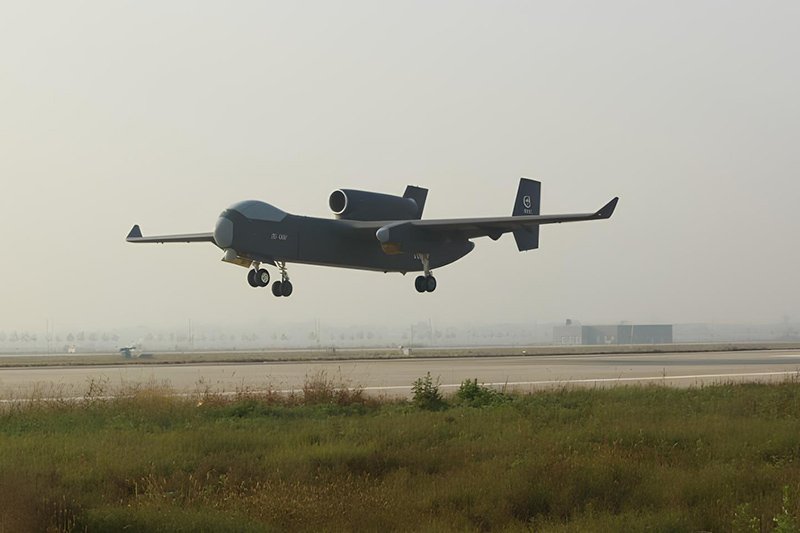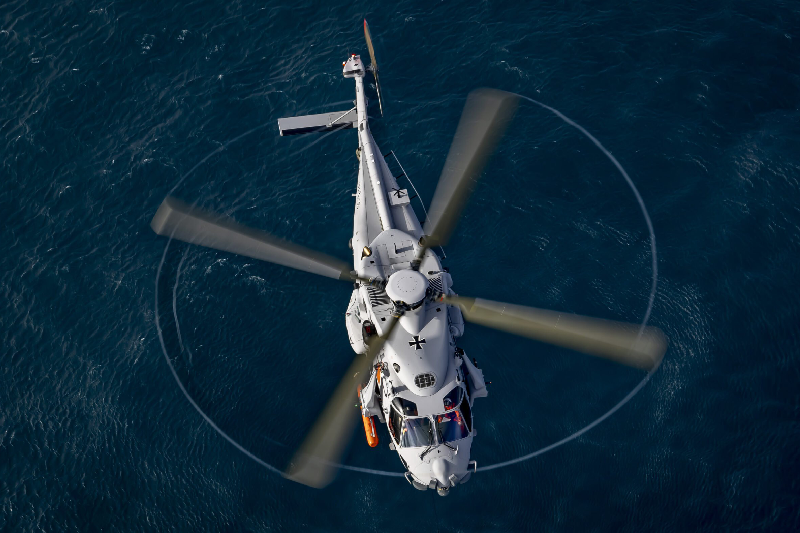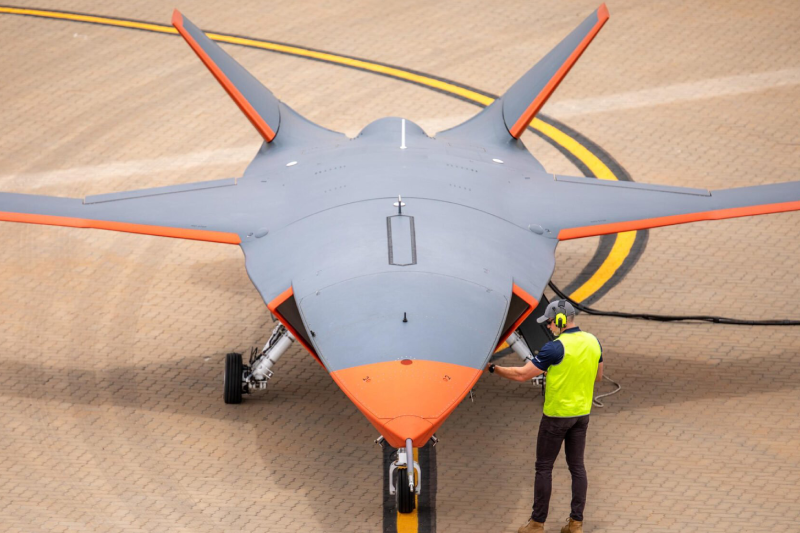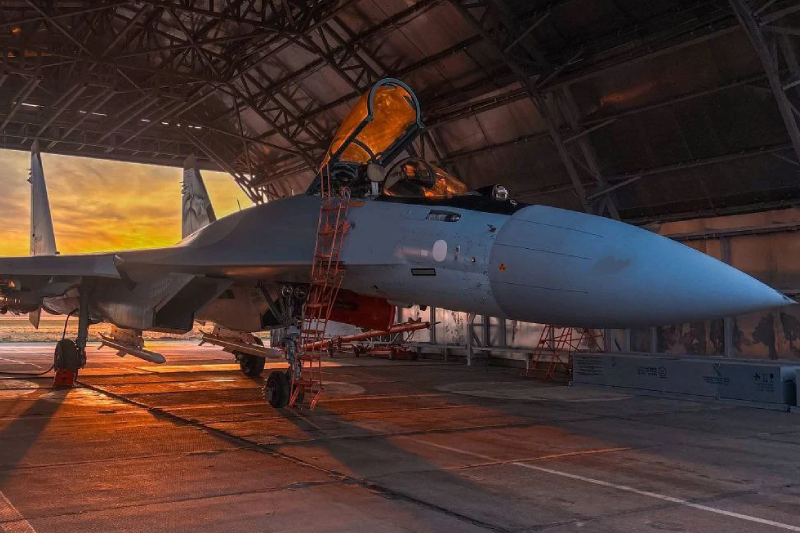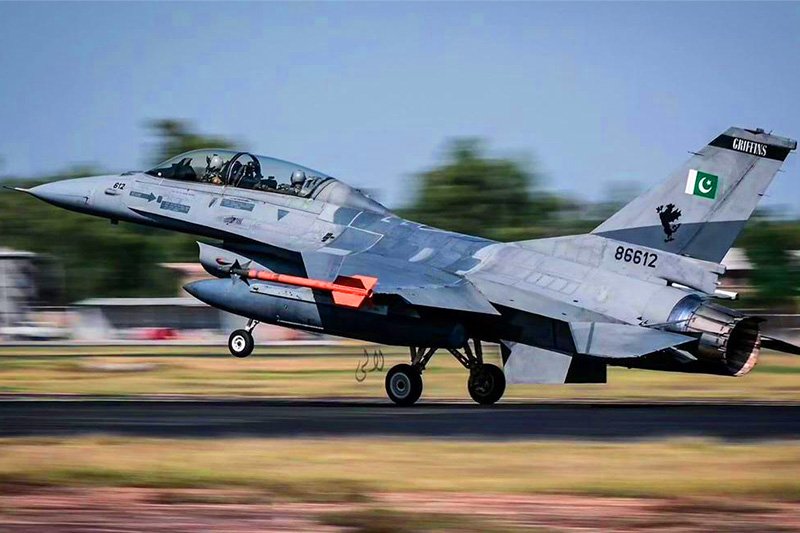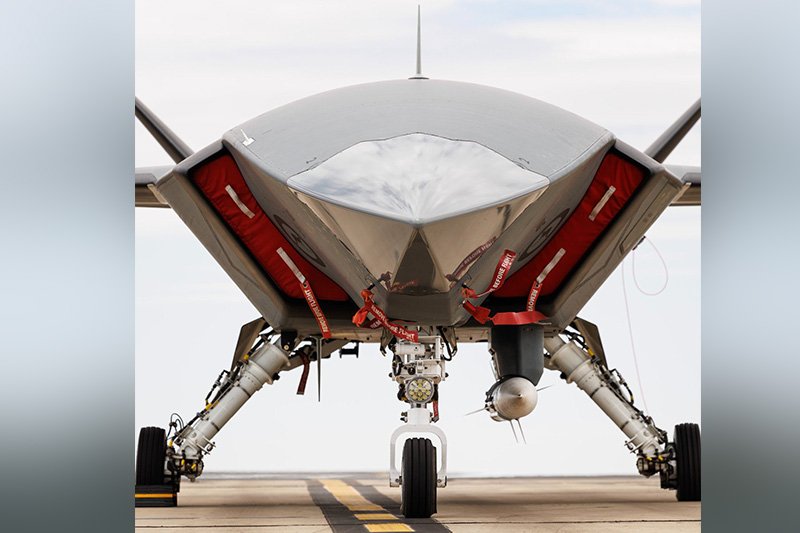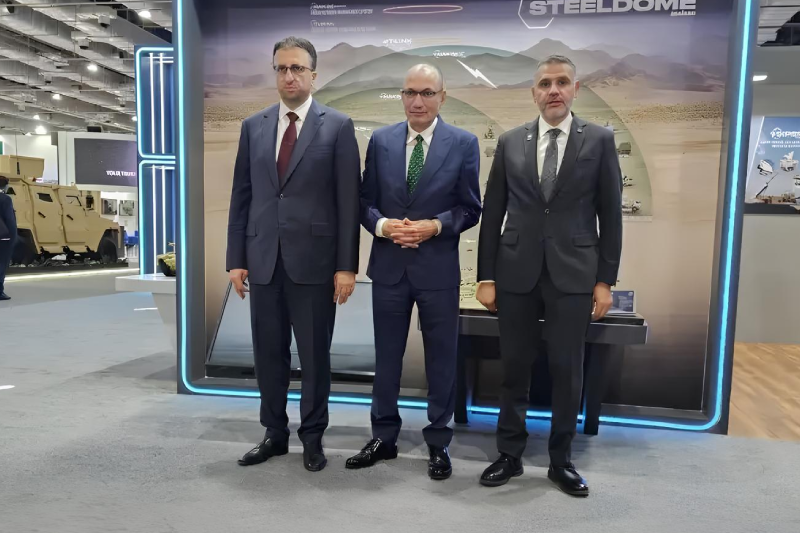China Electromagnetic Catapult Carrier Undergoes Sea Trials
China’s third aircraft carrier, the Fujian, continues intensive sea trials as the nation’s first vessel equipped with electromagnetic catapult launch systems, marking a significant advancement in Chinese naval aviation capabilities. Official media reports confirm the carrier is conducting comprehensive testing of its revolutionary catapult technologies ahead of eventual commissioning into the People’s Liberation Army Navy fleet.
The Fujian represents a technological leap forward from China’s previous carriers, incorporating advanced electromagnetic aircraft launch systems that enable enhanced operational capabilities compared to conventional ski-jump takeoff configurations used on earlier Chinese carriers.
Comprehensive Testing Program
Chinese military affairs expert Fu Qianshao explains that the Fujian requires extensive testing to verify electromagnetic catapult performance across various aircraft types with different weights and aerodynamic characteristics. Testing programs include catapult launch procedures for fighter jets and early warning aircraft, along with evaluating optimal intervals between successive launches.
The comprehensive testing approach ensures system reliability and safety before operational deployment. Unlike China’s previous carriers that used ski-jump takeoff systems, electromagnetic catapults require precise calibration for different aircraft configurations and operational scenarios.
Shanghai Maritime Safety Administration traffic control announcements suggest the Fujian has commenced its eighth sea trial, building upon previous testing phases that began in May 2024. Each trial phase focuses on specific systems and operational procedures essential for carrier operations.
Enhanced Operational Capabilities
The electromagnetic catapult system provides significant operational advantages over conventional carrier designs. Aircraft can launch with full fuel loads and complete weapon configurations, directly enhancing combat effectiveness compared to ski-jump systems that limit aircraft weight during takeoff operations.
Cao Weidong, a Chinese military affairs expert, notes that electromagnetic catapults enable substantially increased daily sortie rates, greatly enhancing the carrier’s ability to maintain air and maritime superiority during operations. The technology allows precise control of launch power, accommodating various aircraft types from large transport planes to small unmanned systems.
Fixed-wing early warning aircraft operations become possible with catapult systems, dramatically improving the carrier’s detection capabilities and air situational awareness compared to helicopter-based early warning platforms used on conventional carriers.
Advanced Aircraft Integration and Testing Programs
The Fujian‘s sea trials include testing advanced stealth fighters like the J-35 for carrier operations, further enhancing combat capabilities once the vessel enters service. Integration of fifth-generation fighters with electromagnetic catapult systems represents a major advancement in Chinese carrier aviation capabilities.
Zhang Junshe, another Chinese military affairs expert, emphasizes that the Fujian‘s larger size and ability to carry more diverse aircraft types requires extensive calibration and testing compared to previous Chinese carriers. The vessel’s increased capacity enables operation of various aircraft simultaneously while maintaining operational efficiency.
The carrier’s flexible operational modes accommodate everything from heavy transport aircraft to small drones, providing commanders with unprecedented tactical options during deployment scenarios.
Comparison with Previous Chinese Carrier Programs
China’s first aircraft carrier Liaoning required ten sea trials before commissioning, while the second carrier Shandong completed nine trials. The Fujian may require additional testing time due to its advanced electromagnetic systems and larger operational scope, though experts suggest commissioning should occur relatively soon given current progress.
The extended testing period reflects the complexity of electromagnetic catapult technology and the importance of ensuring complete system reliability before operational deployment. Each trial phase builds upon previous testing to validate different operational scenarios and system configurations.
Military experts note that while testing may take longer than previous carriers, the technological advancement represents a significant capability enhancement that justifies the comprehensive evaluation process.
Modern PLA Navy Fleet Modernization Program
The Fujian‘s development occurs within broader PLA Navy modernization efforts that include new strategic nuclear submarines, 10,000-ton destroyers, amphibious assault ships, and comprehensive replenishment vessels. This coordinated fleet expansion creates integrated naval capabilities extending beyond individual platform improvements.
Carrier-based fighter aircraft deliveries continue in batches, while early warning aircraft and carrier-based helicopter families welcome new additions. The integrated approach ensures all carrier group components develop simultaneously rather than in isolation.
From individual combat units to integrated battle groups, a modern PLA Navy is emerging with fourth-generation equipment leading development while third-generation systems form current operational foundations.
Also read this: PLA Navy’s Liaoning Holds Drills Amid Japanese Media Reaction
Future Naval Aviation Capabilities
Once commissioned, the Fujian will substantially strengthen PLA Navy capacity for both coastal defense and long-range maritime operations. The carrier’s advanced systems enable sustained operations far from Chinese shores while maintaining high sortie rates and operational flexibility.
The electromagnetic catapult technology establishes foundation for future Chinese carrier development, providing operational experience and technical validation for next-generation naval aviation systems. Successful Fujian operations will inform design decisions for subsequent carrier programs.
Integration of advanced aircraft types with electromagnetic launch systems creates new operational possibilities that extend Chinese naval aviation capabilities into previously inaccessible mission profiles and operational theaters.
Keep connected with us at Facebook, Twitter, YouTube, Instagram & TikTok for latest defense happening around the globe.
Discover more from International Defence Analysis
Subscribe to get the latest posts sent to your email.


